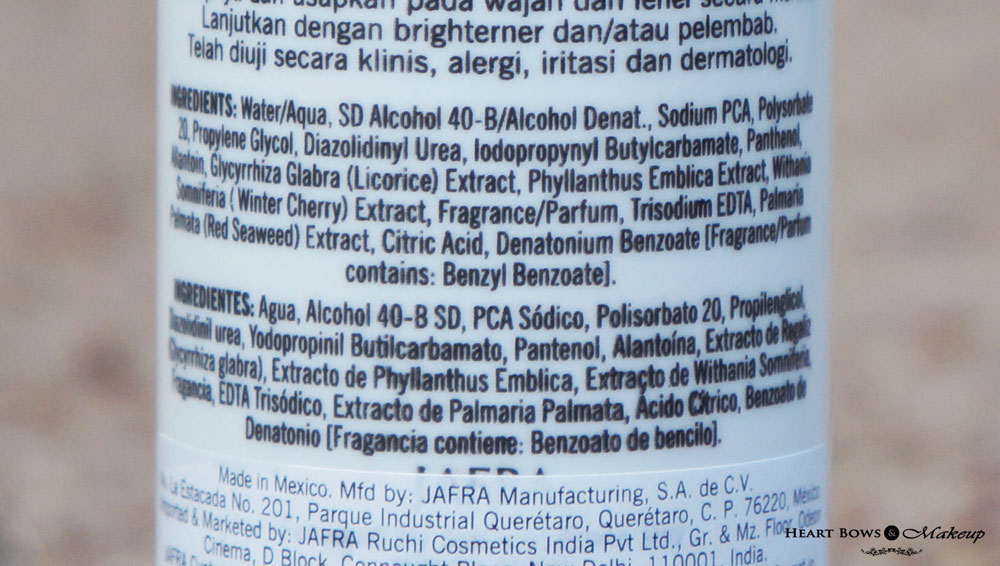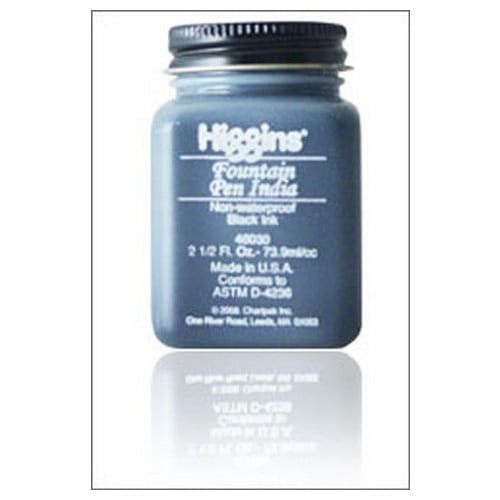

Personally, if I can't get Marshall's, I use the pre-loaded artists' water-dye pens/brushes, which come in a variety of gray shades + black, as well as all the "pretty colors." Available in most art-supply stores. Probably also worth looking into the premixed, bottled India Ink, which may have finer pigment particles due to machine-grinding in the factory. Nevertheless, it is a cheap experiment to give it a try, and see how the spotting shows afterwards. What was adequate for AA 50 years ago, with semi-gloss "air-dried glossy F" paper - before RC papers with mirror-gloss or luster surfaces came along - may not be as good a technique with RC papers. The advent of the soft-gloss fiber-gloss-baryta papers have been a step forward, but not yet perfect.) Epson et al have worked hard on that problem, but it is just improved, not solved. prints that avoid GD and look more like chemical prints with the dyes or silver actually "inside" the gelatin surface. It's a trade-off - longer lasting prints vs. (Gloss differential is also a problem with archival photo inkjet printers, which use suspended-pigment inks because they are more archival (light-fast) than the dye inks used for everyday office printing and the first generation of photo printers. It may also flake off with time, unless put behind glass for protection.

That may introduce "gloss differential" - that is, the spotted area will reflect light differently viewed from a glancing angle. I suspect it will tend to sit on the surface, as those particles, no matter how finely ground by human means, will be thousands of times larger than a dye molecule, and just not penetrate completely.
#India ink ingredients plus#
India/British/Chinese ink is pigment (soot, carbon black) particles suspended in water plus gelatin or gum arabic. That is, they are colored at the molecular level, which is a much smaller physical unit that a flake or powder-grain of pigment. If you really want to mix that weepage with oil paint, you can use egg-yolk (or soy lecithin) as an emulsifier.The key point about Marshall's Spot-All and similar photo-specific spotting materials is that they are dyes designed to penetrate the print's gelatin, and not just sit on the surface. When diluted it is “one of the most useful ingredients of glazing or painting mediums”. Technically speaking you can mix water-based varnishes with acrylic paints, however my favorite glazing medium is for oil-based painting called stand oil.Īccording to Mayer, it is a cooked linseed oil that has the consistency of honey and when mixed with turpentine is paler than pure (cold-pressed) linseed oil. I assume you are using acrylic paints, because you would probably have problems mixing the weepage of India ink with oil-based emulsions. You can find used ones on amazon or even at pretty much any used bookstore. If you are really interested in painting, then I must recommend that you treat yourself to a recent edition of The Artist’s Handbook by Ralph Mayer. According to Mayer, that is water, shellac and borax.Īlthough answered your question perfectly, I would like to address the other issue: where to find a painting medium that isn’t a varnish.


 0 kommentar(er)
0 kommentar(er)
